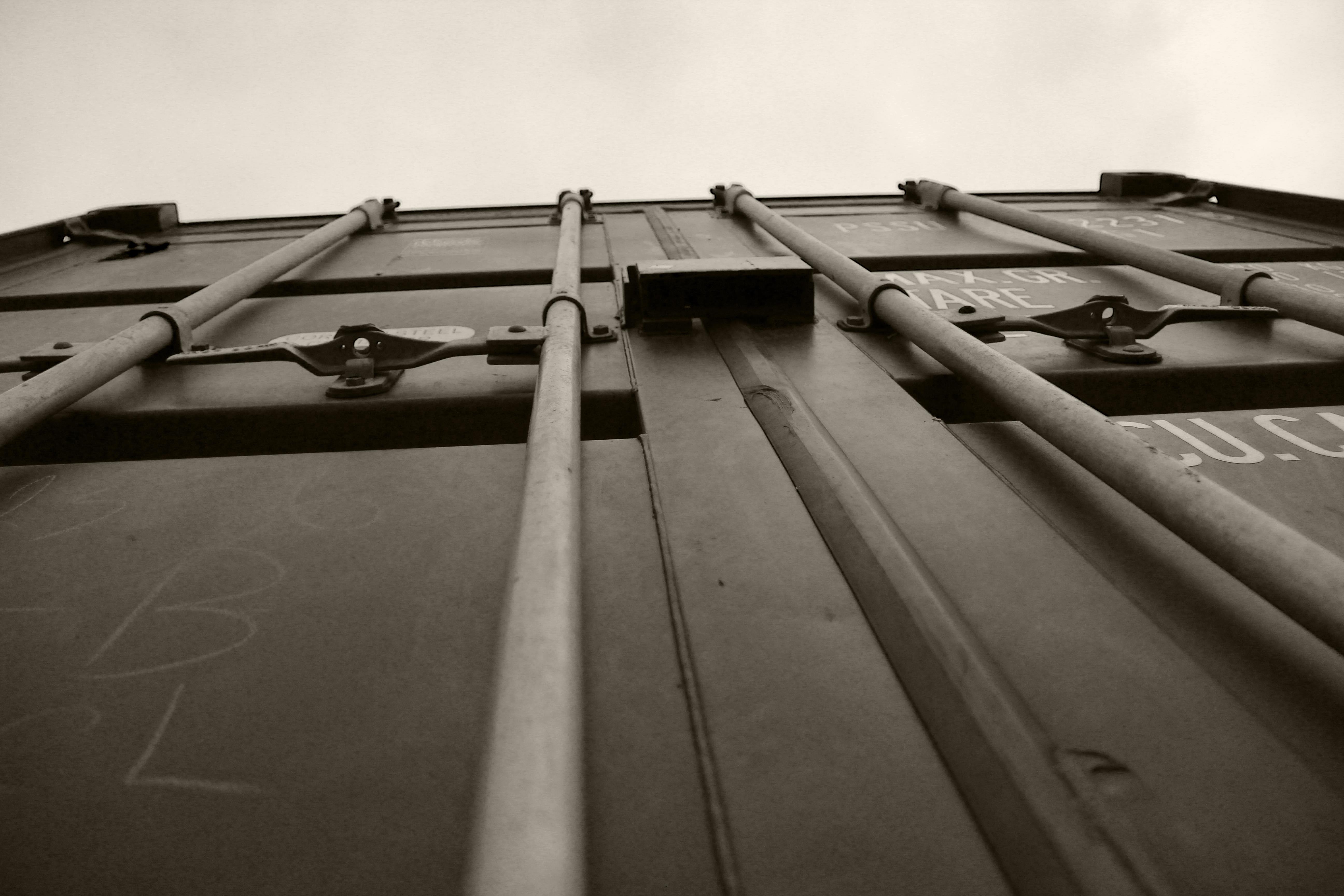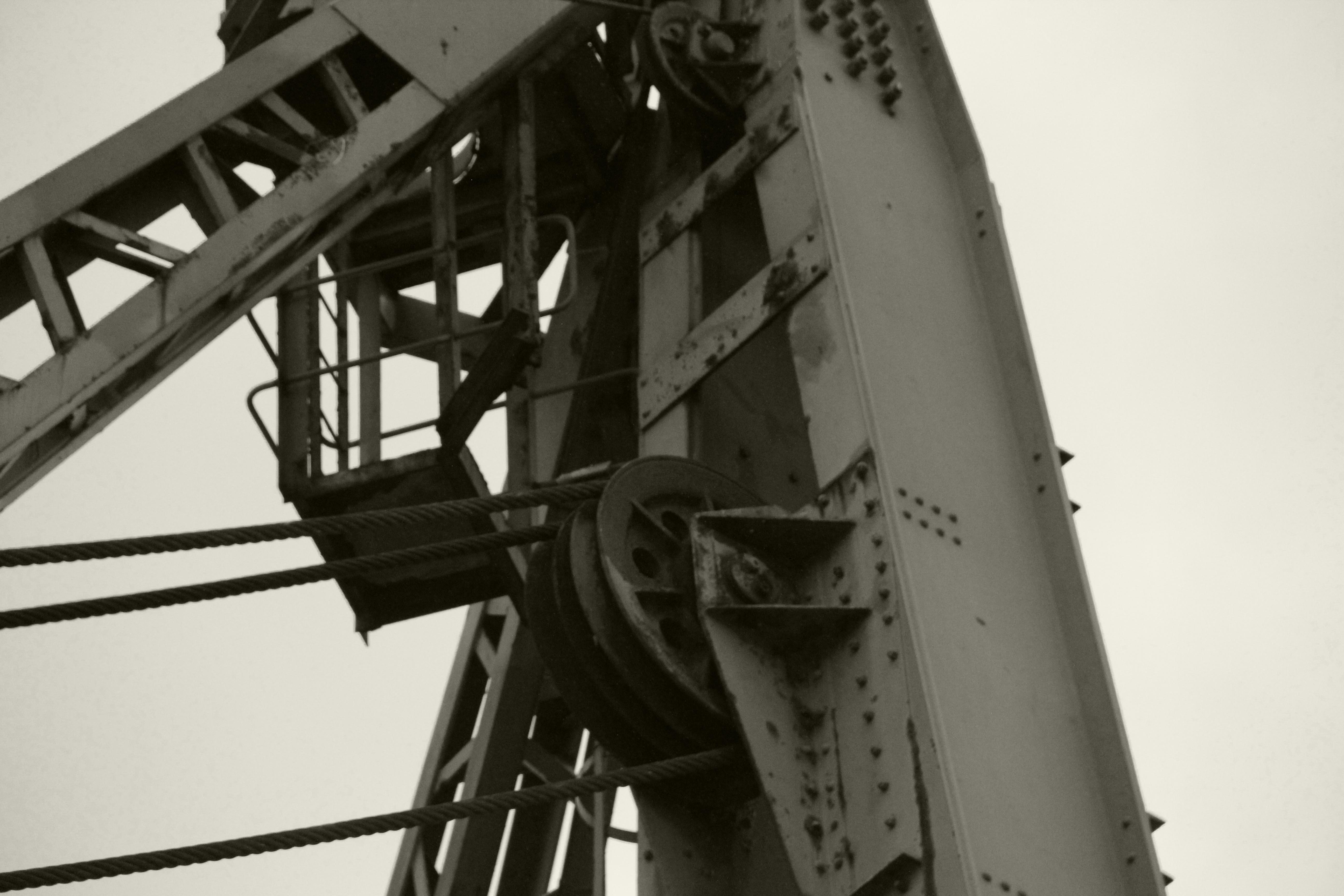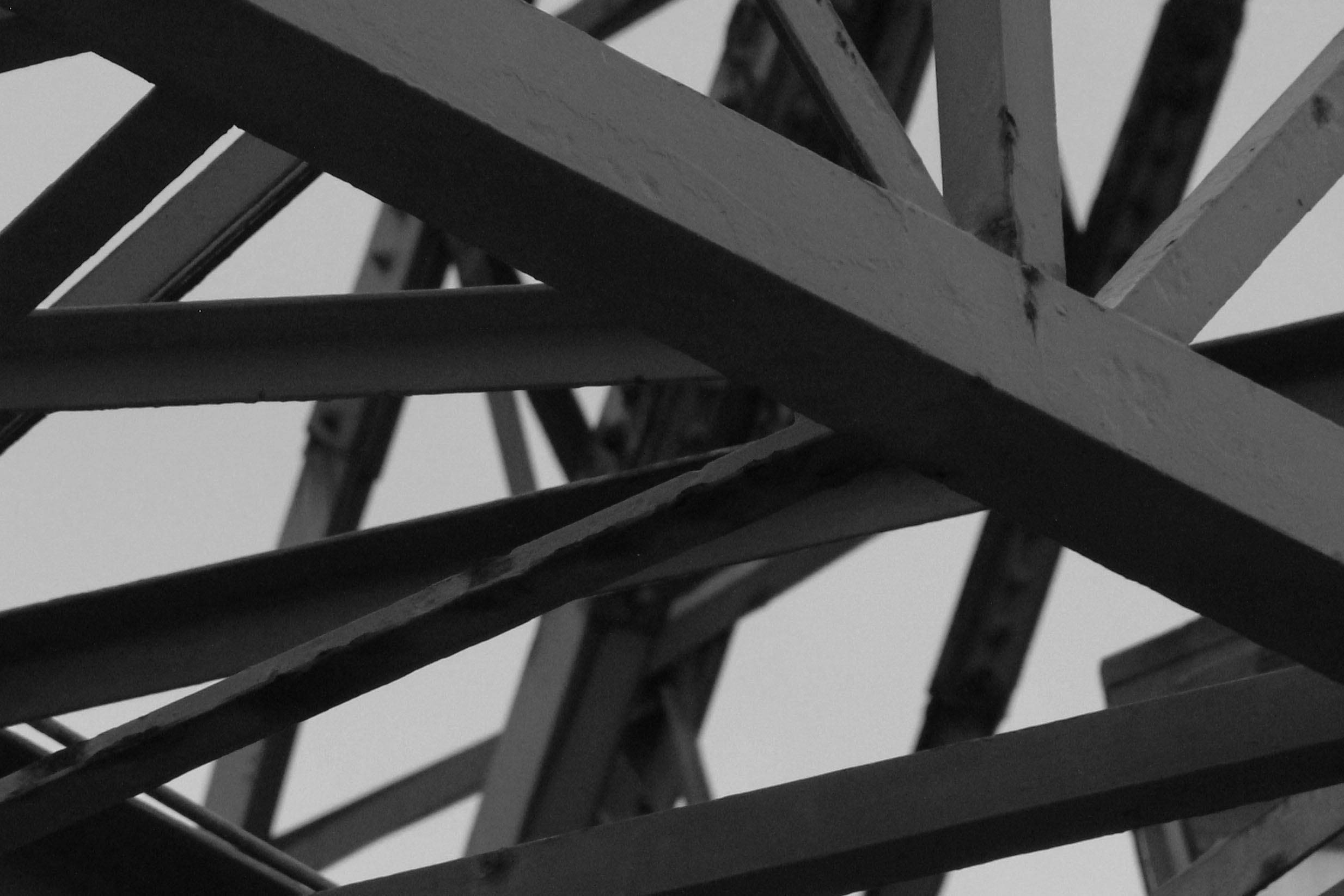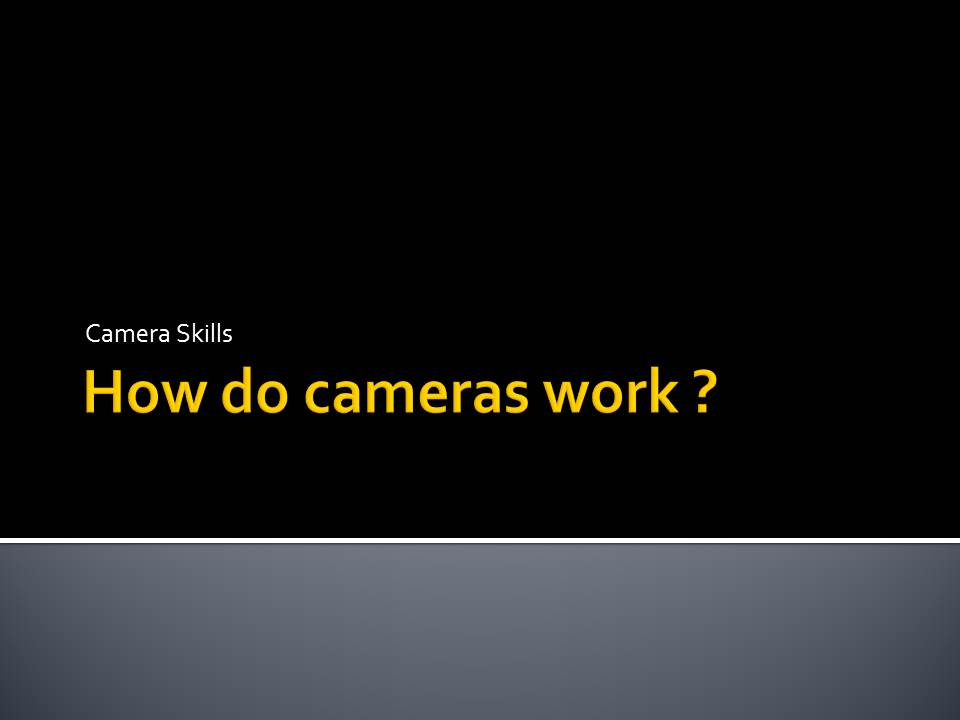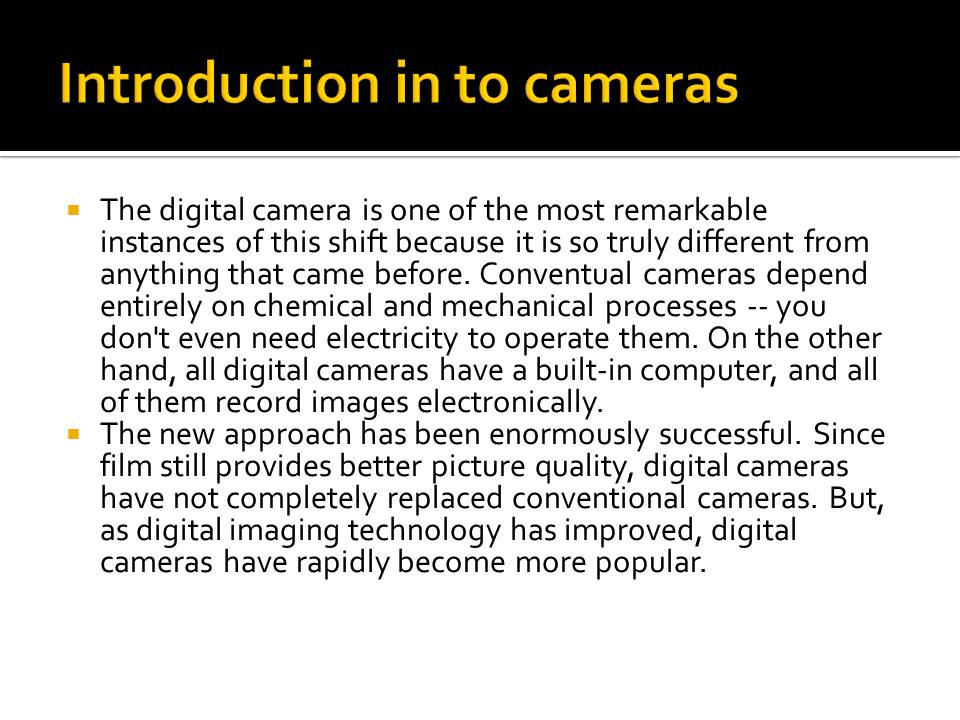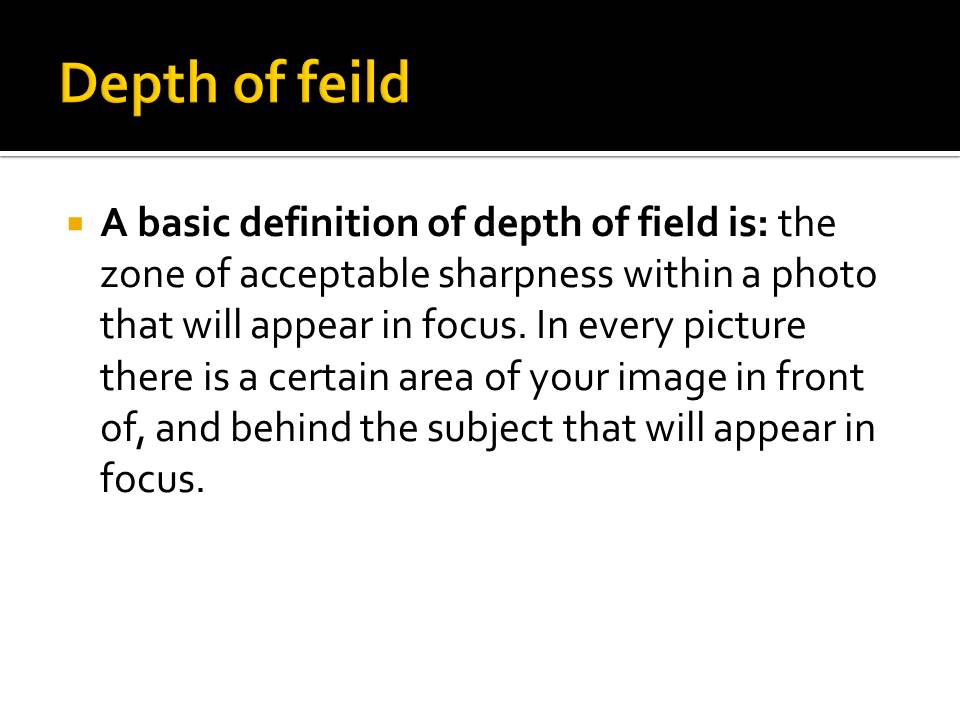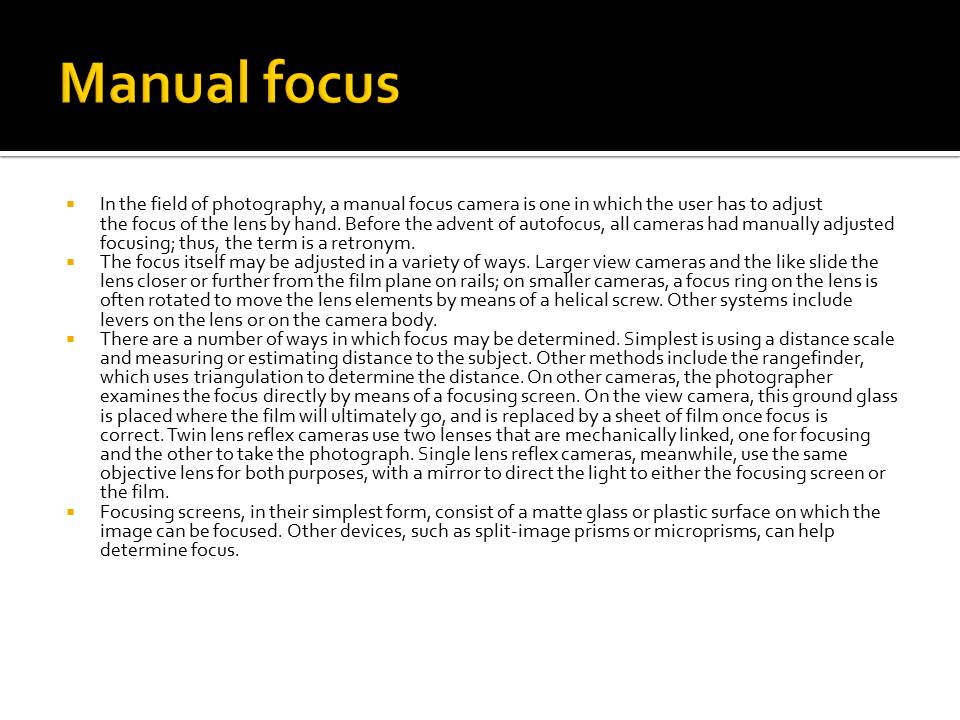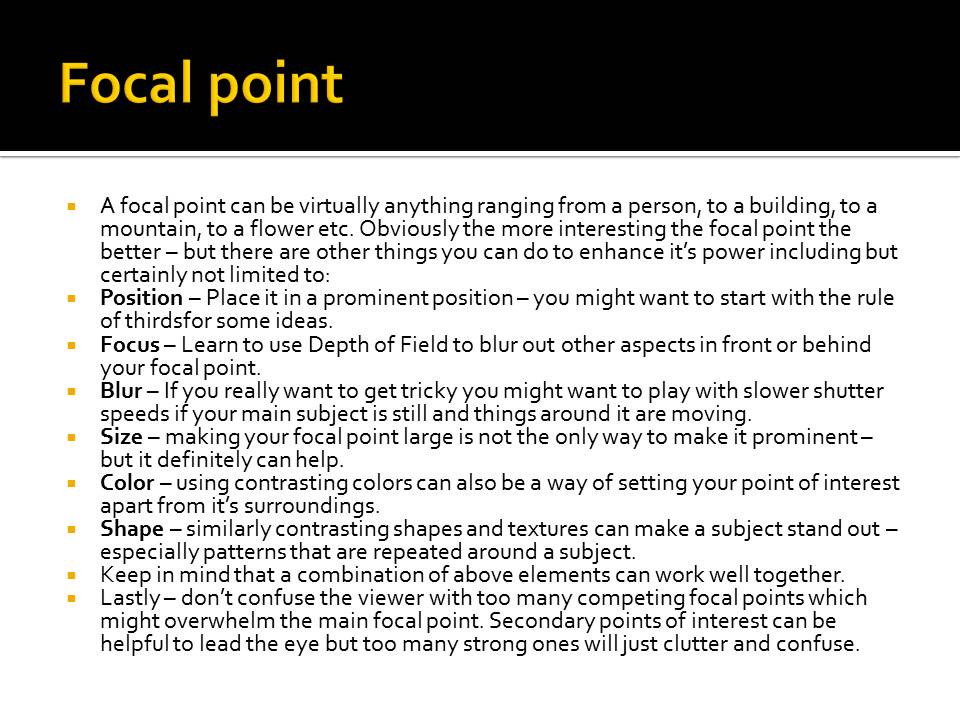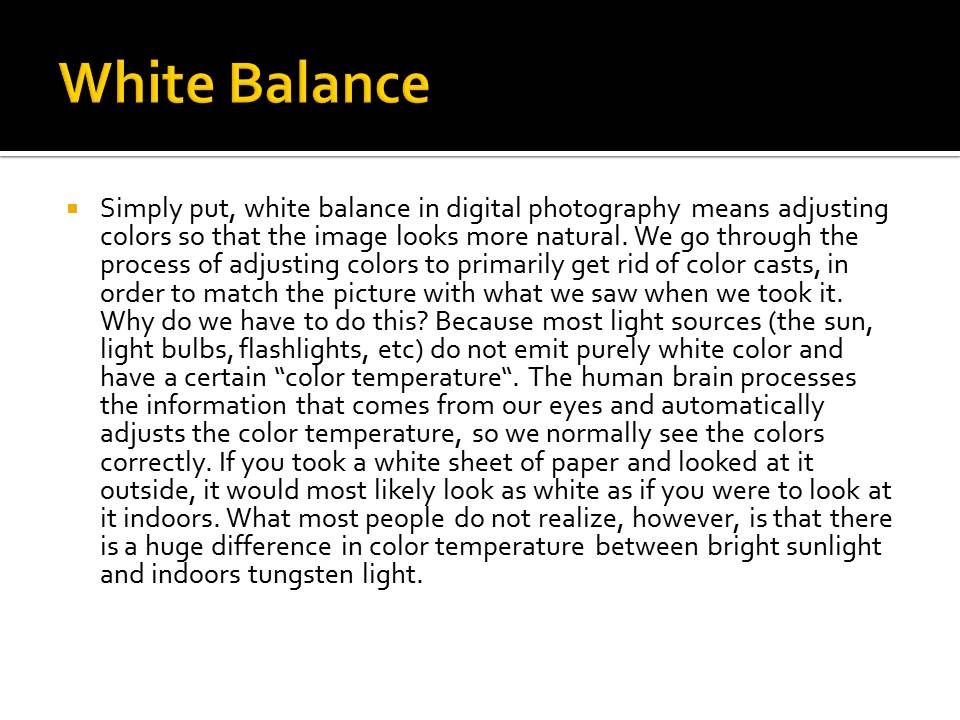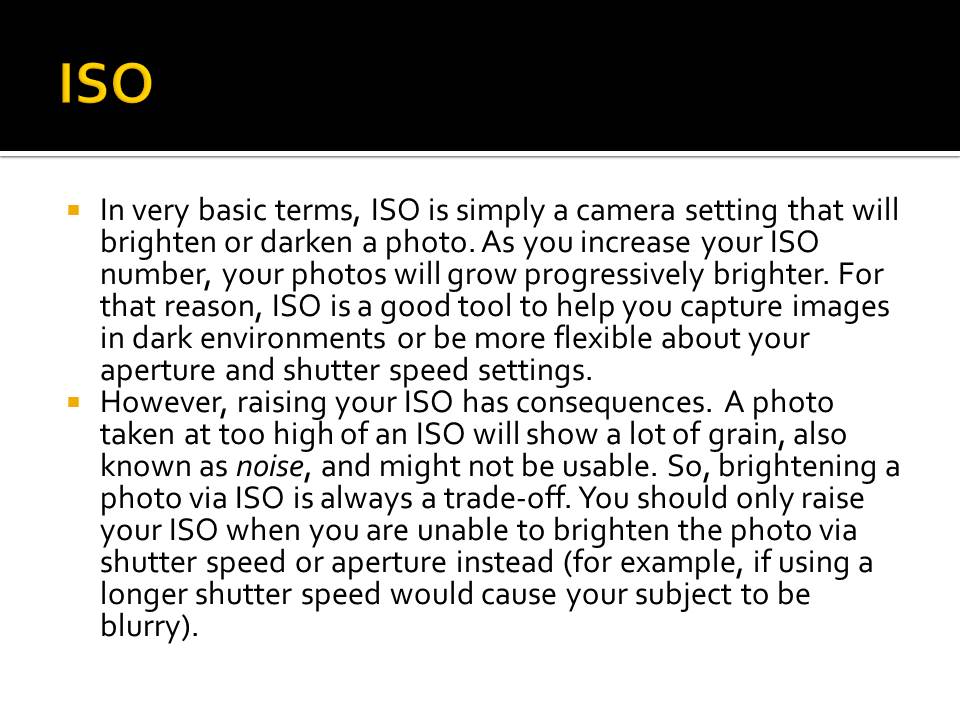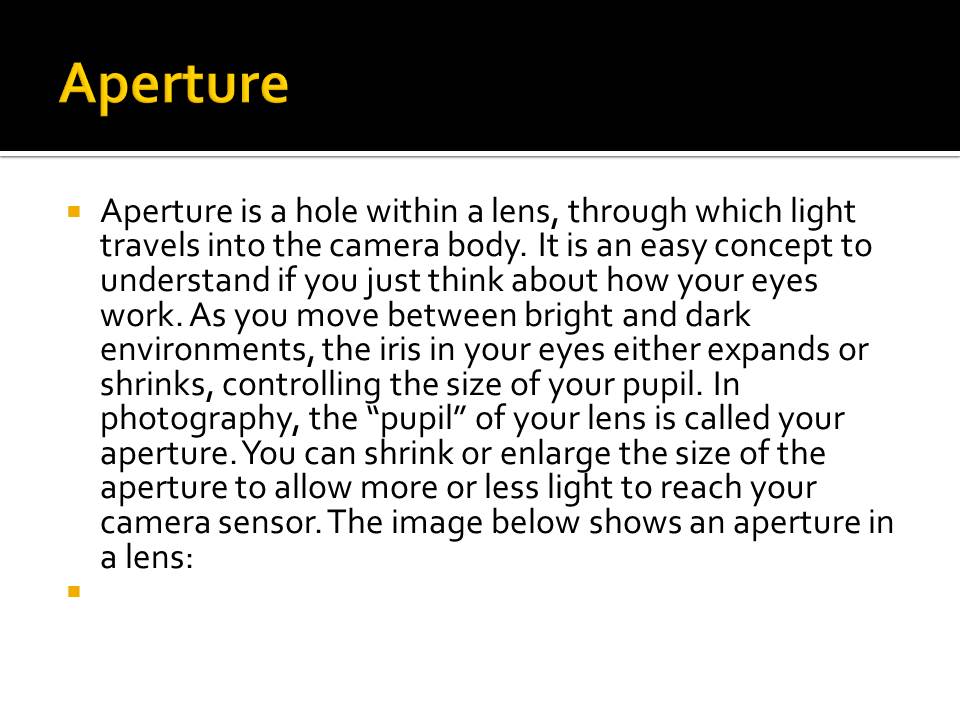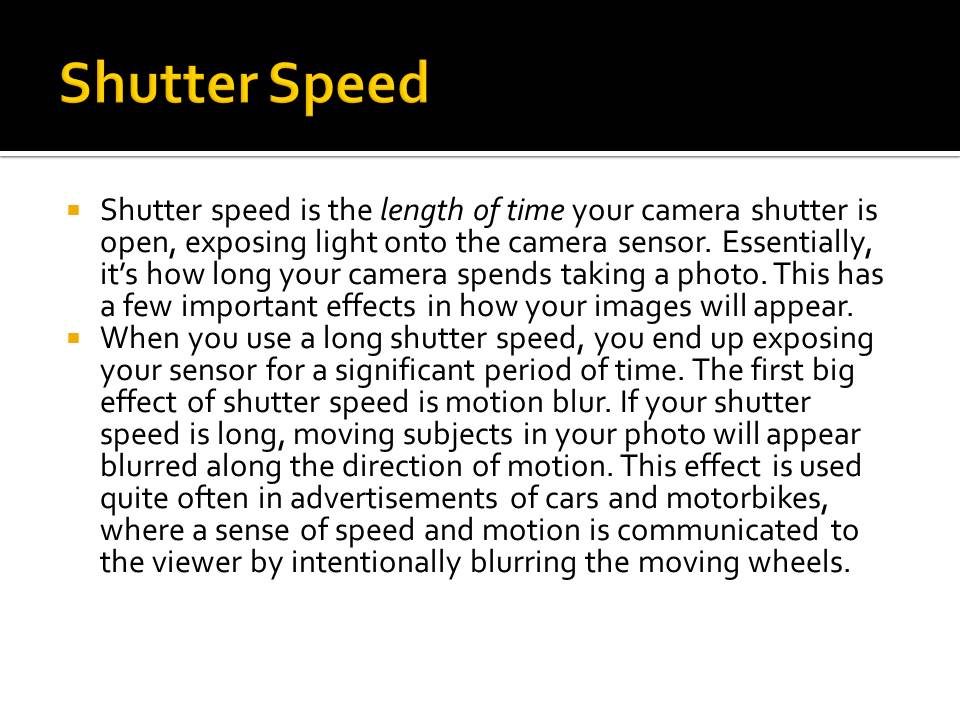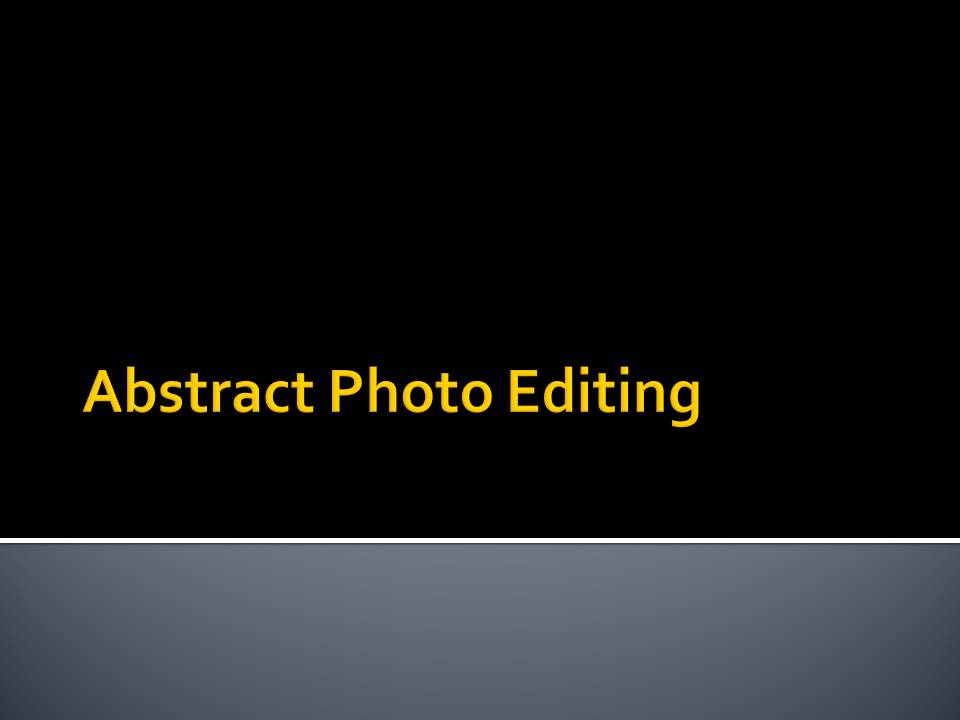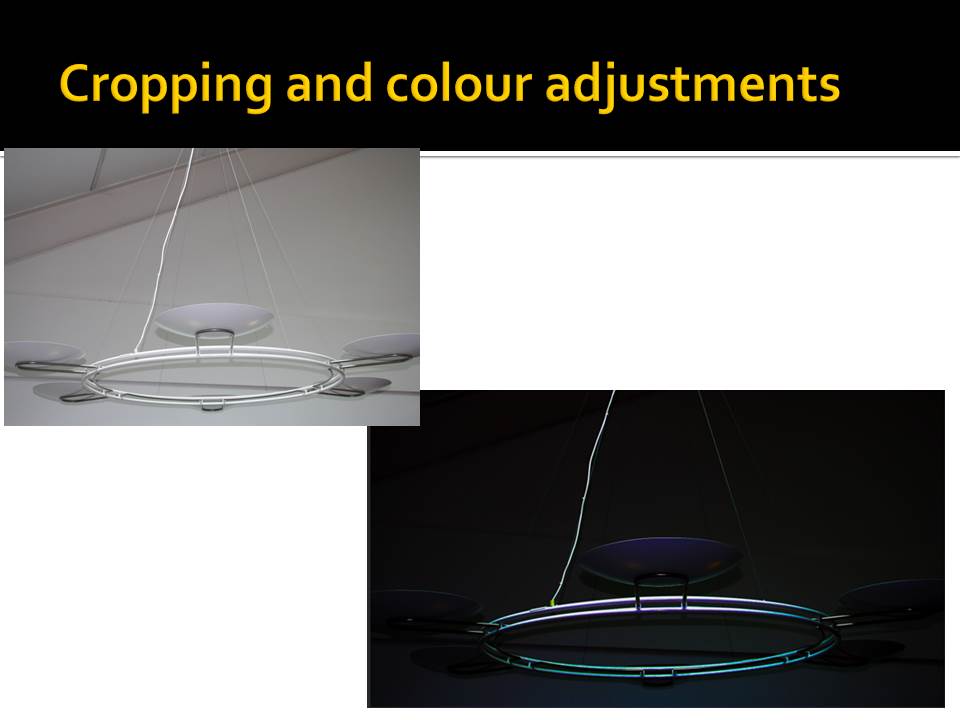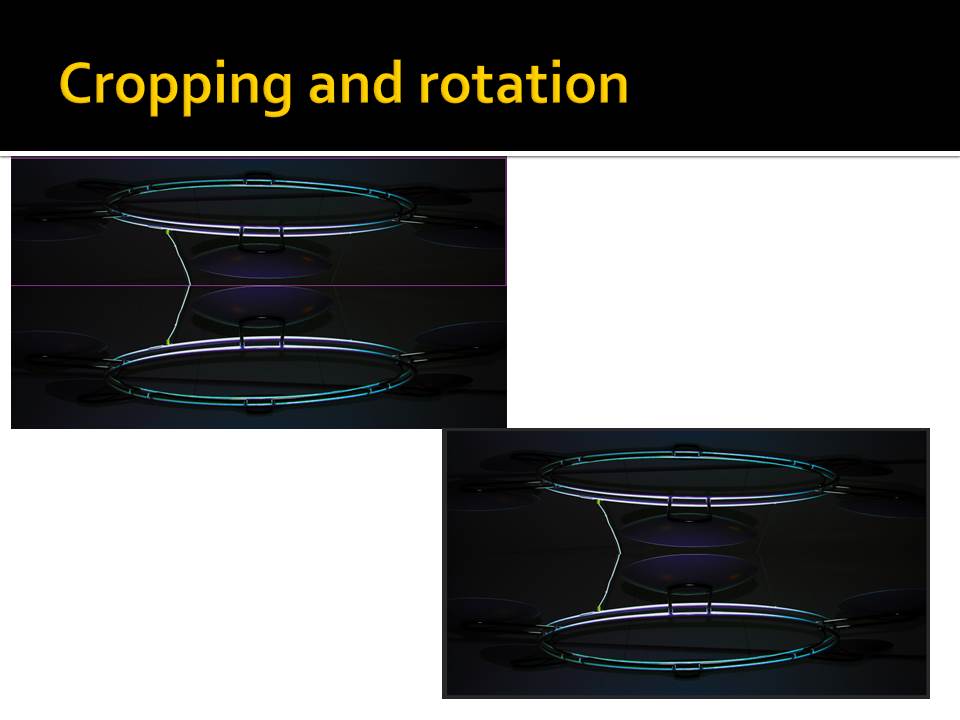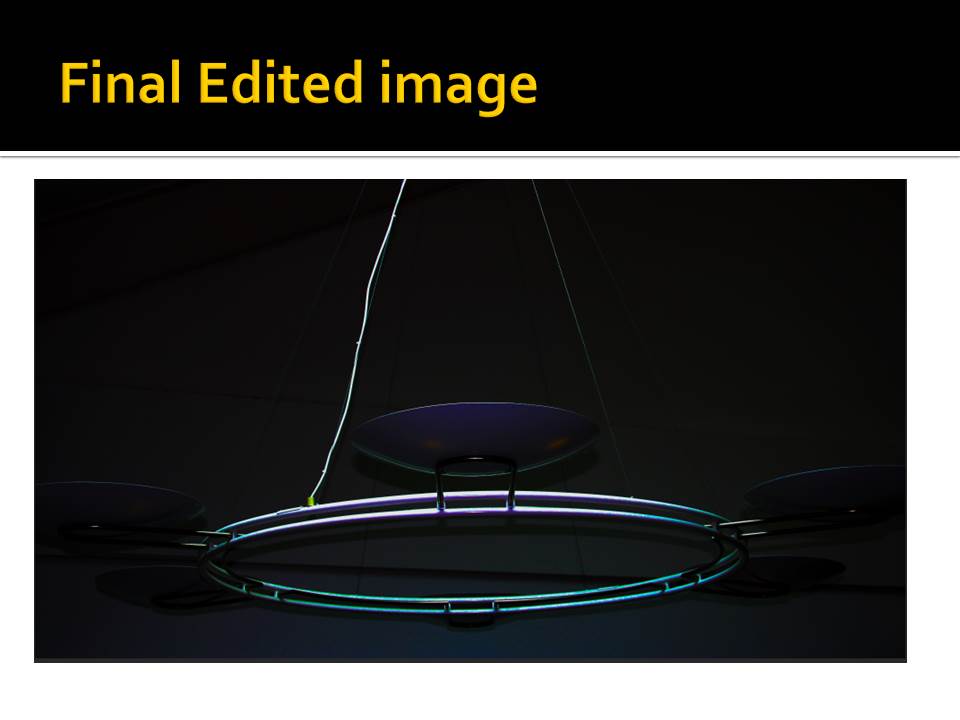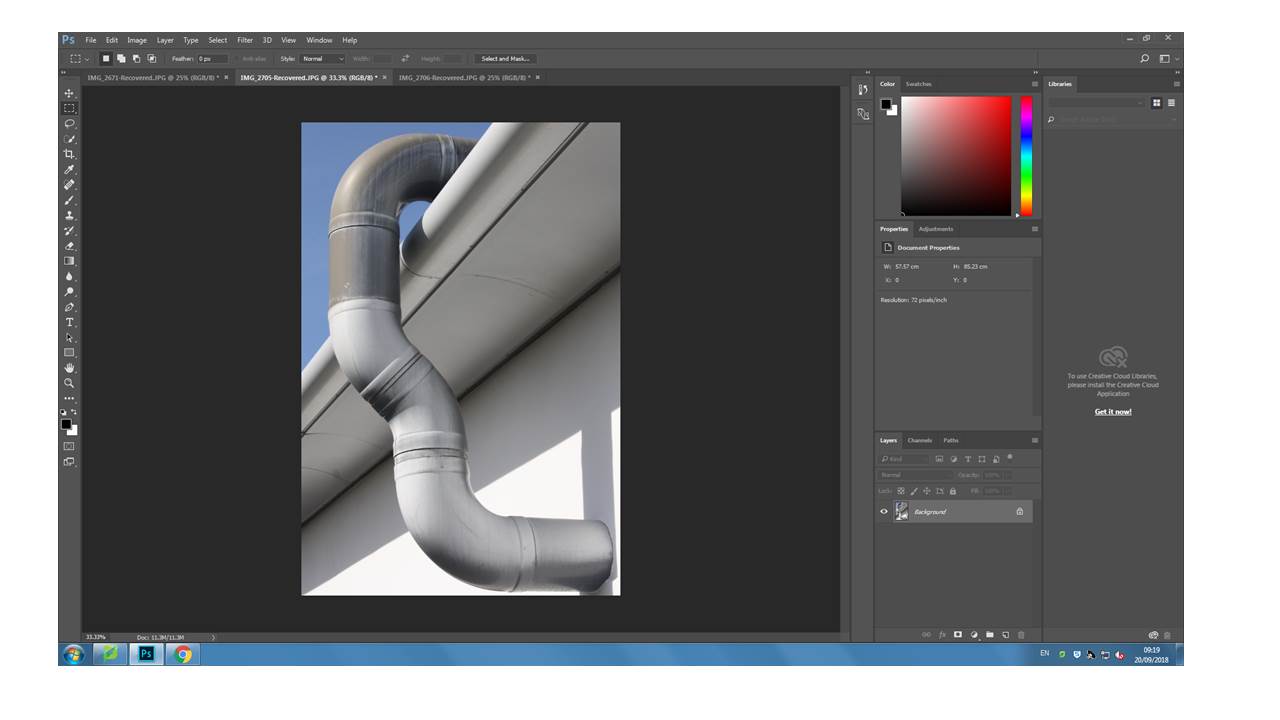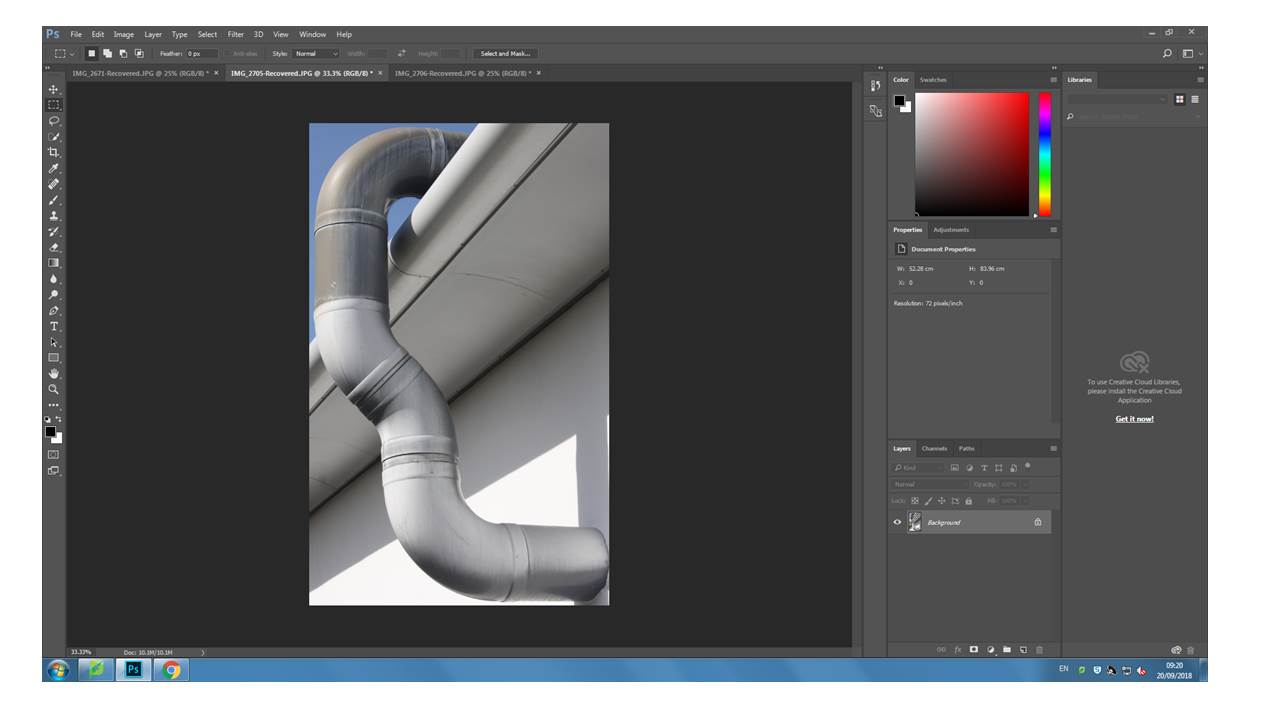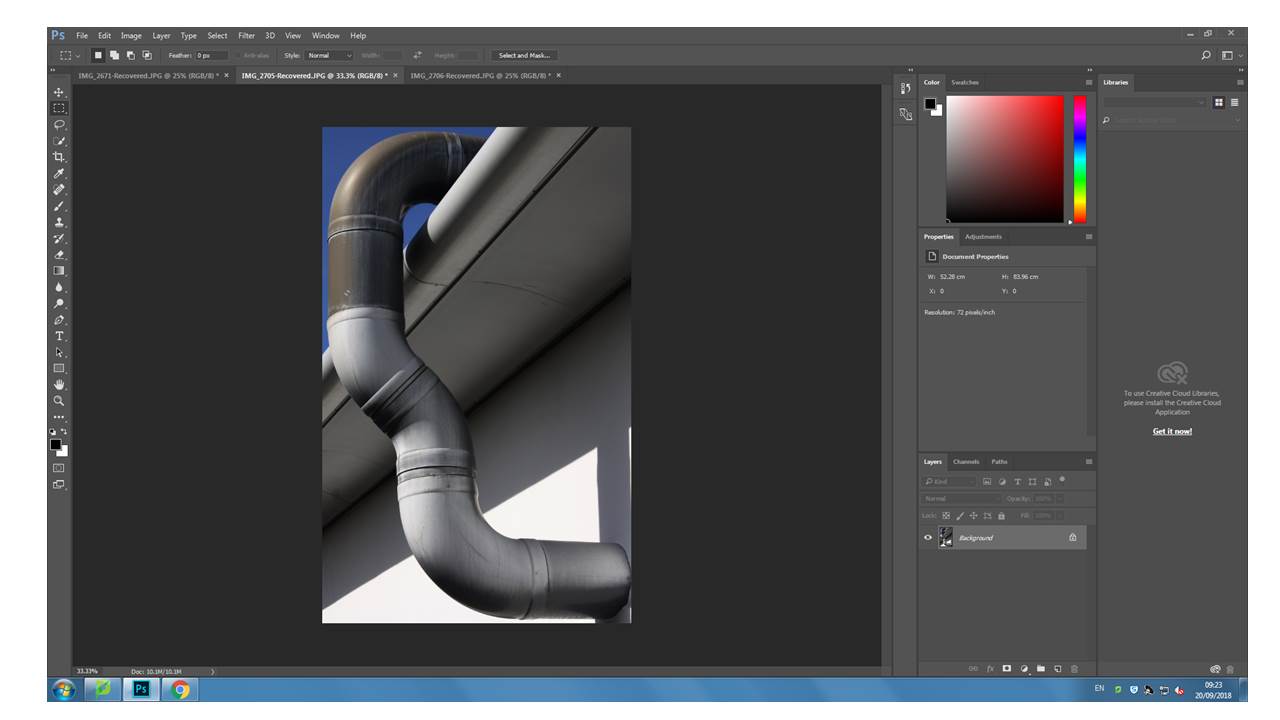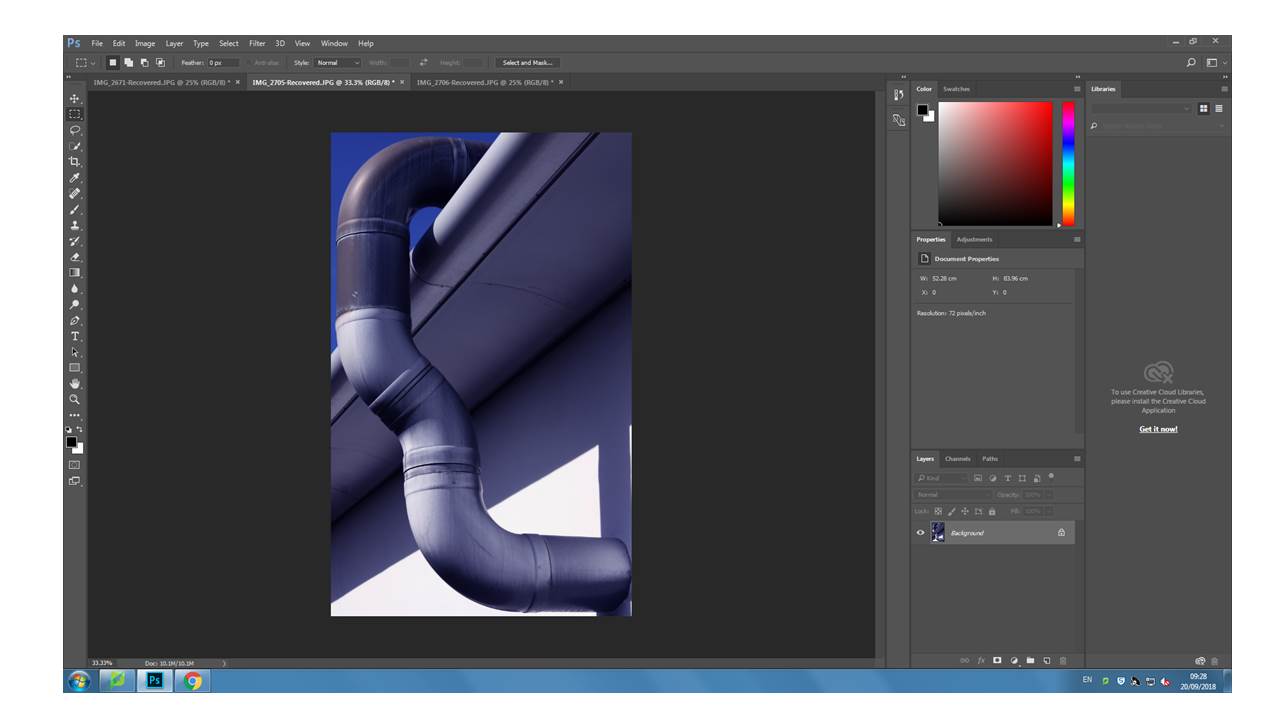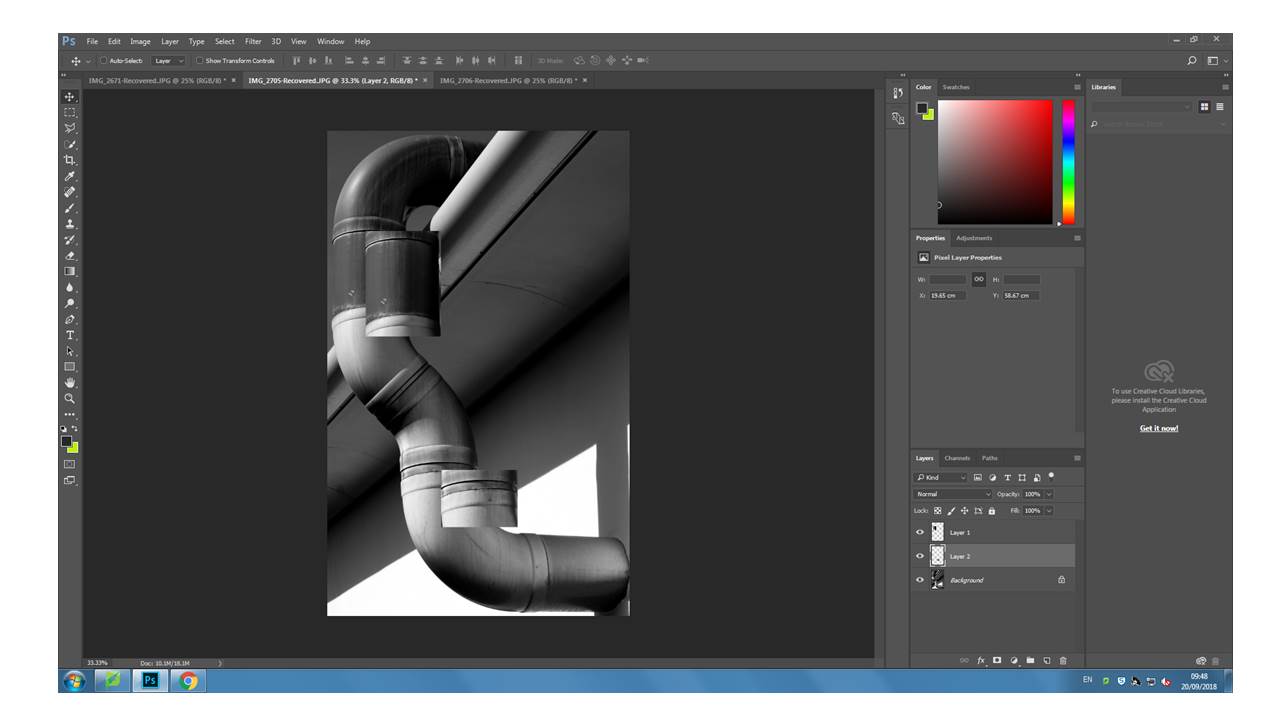MACRO/CLOSE UP:
In this image I experimented with using the macro setting on my camera in order to capture the great deal of detail within the hands. Whilst on this setting, I continued to use auto focus as it allowed me to take many photos at once without the hassle of adjusting the focus every time the hands moved or shifted in position.

DEPTH OF FIELD:
In this photo I experimented with depth of field by using manual focus on my camera. Instead of focusing on the leafs closest to the camera, it is focused on a different part of the photo. I found that this technique allowed me to create images that were quite different and unique.
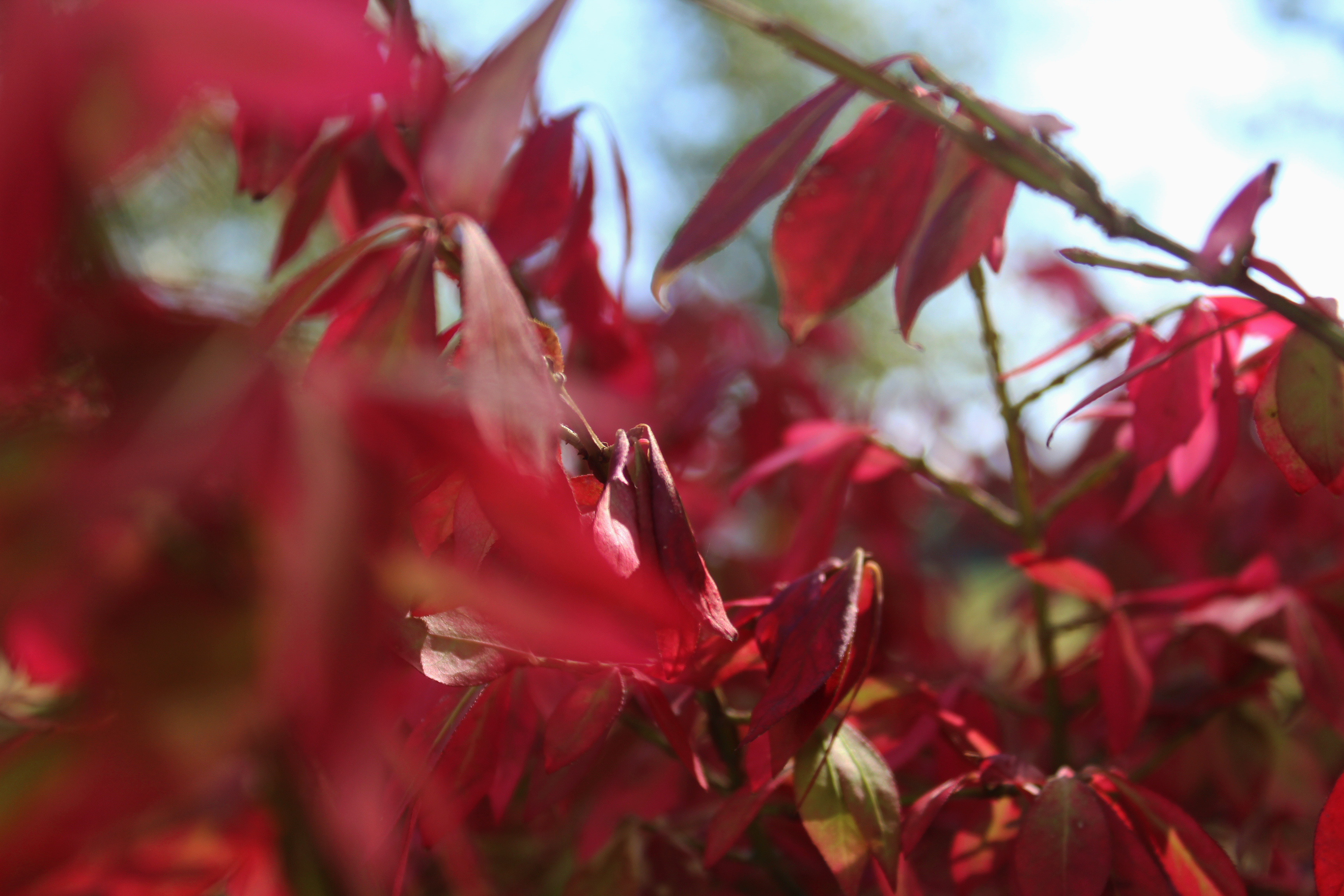
FOCAL LENGTH:
In this image, I tried to play around with the focal point and what effects I can achieve with this. The flower, as seen in the photo, was quite far away from me and the camera. I zoomed in and used the macro setting in order to capture the delicate details of the flower and the plant. It was quite difficult to capture this photo as zooming in meant having a very steady hand and using auto focus that the macro setting provided for me.
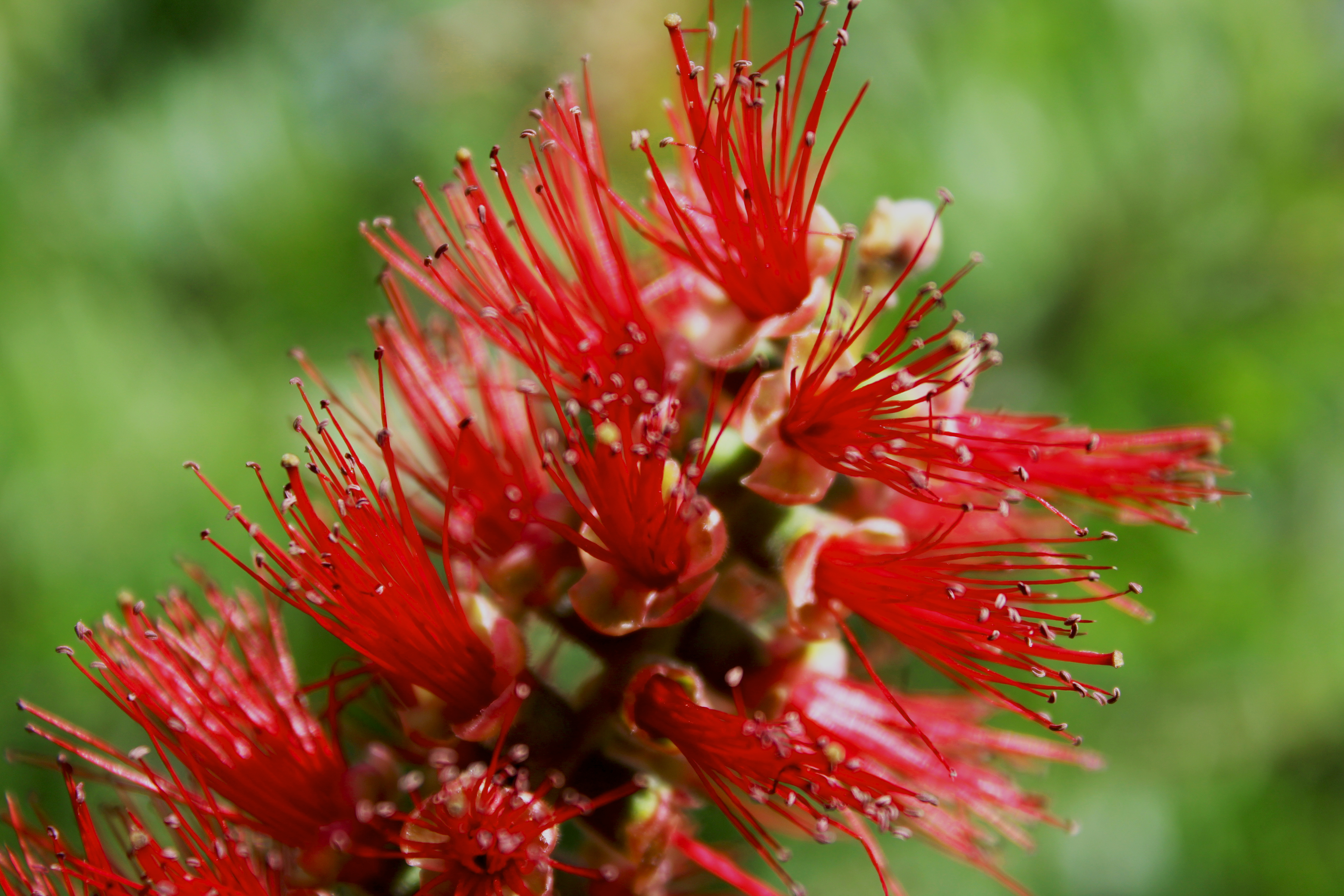
MF/AF FOCUS:
In this photo I used a conjunction of manual focus and the macro setting on my camera. It was very difficult to get the correct focus on my camera whilst using the macro setting with auto focus therefore i switched over to manual focus to help me correct this issue.
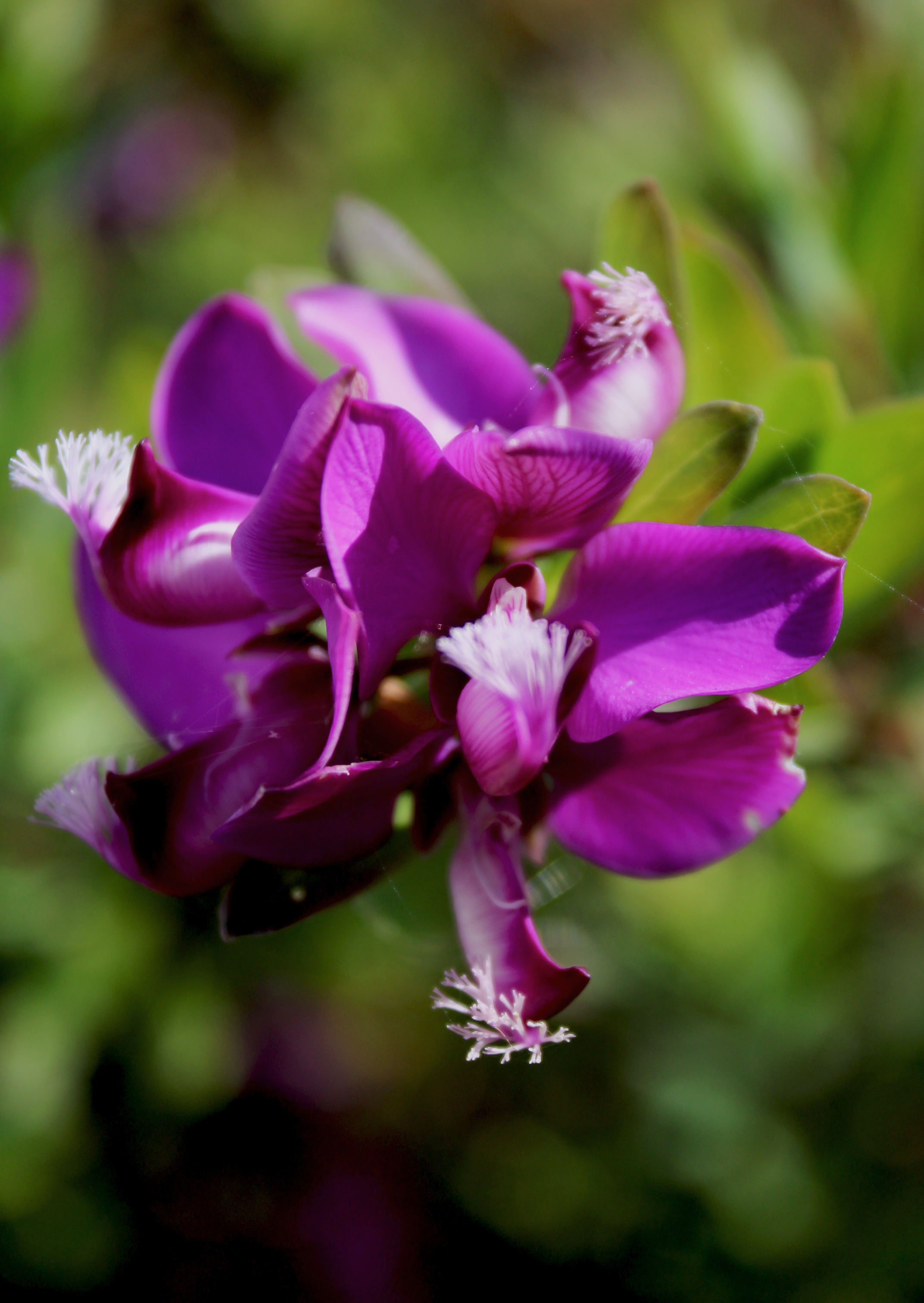
CONTACT SHEETS:
In this photo shoot, I focused a lot on plants and flowers in order to experiment with different settings such as macro and AF and MF focus, resulting in very vibrant, and colourful contact sheets.

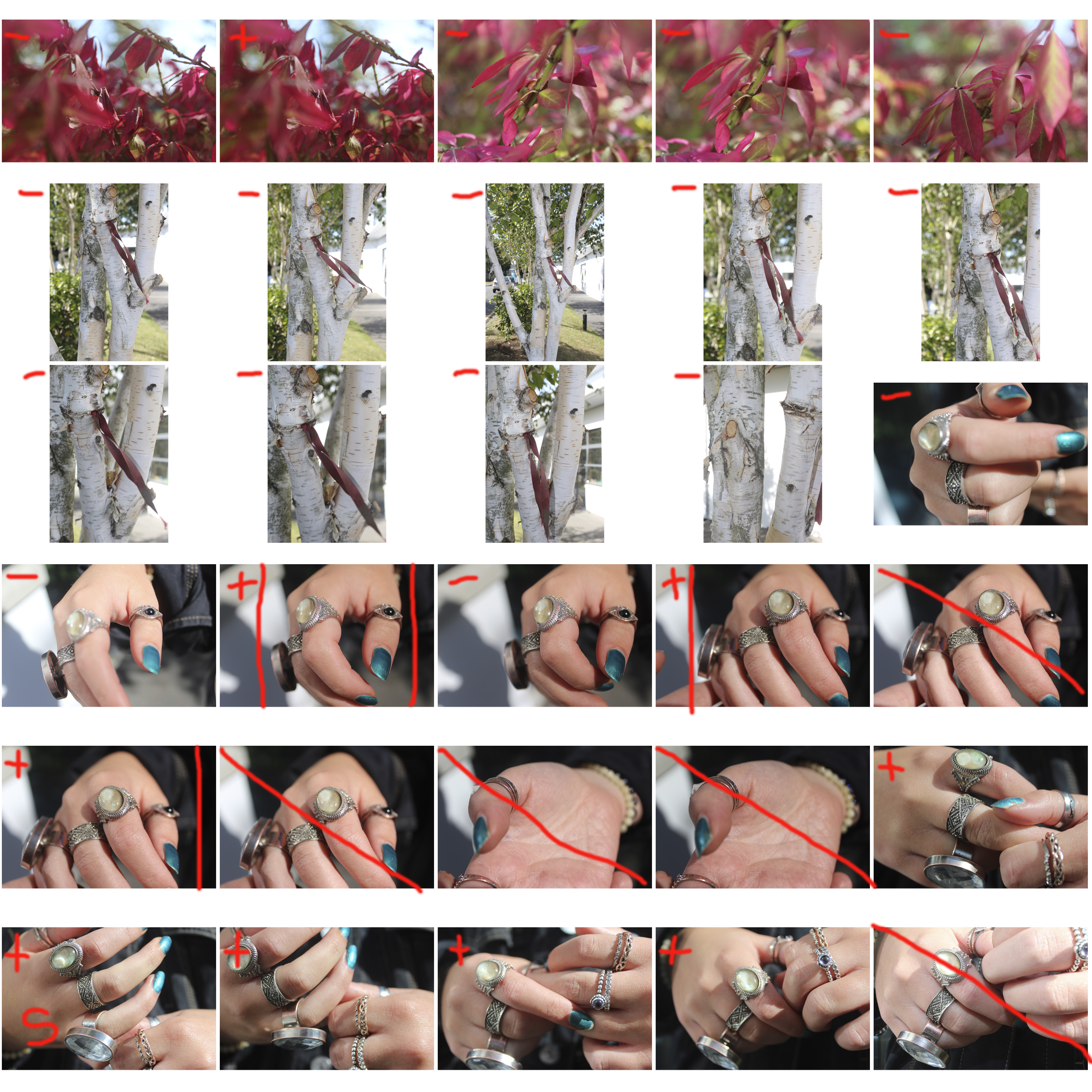

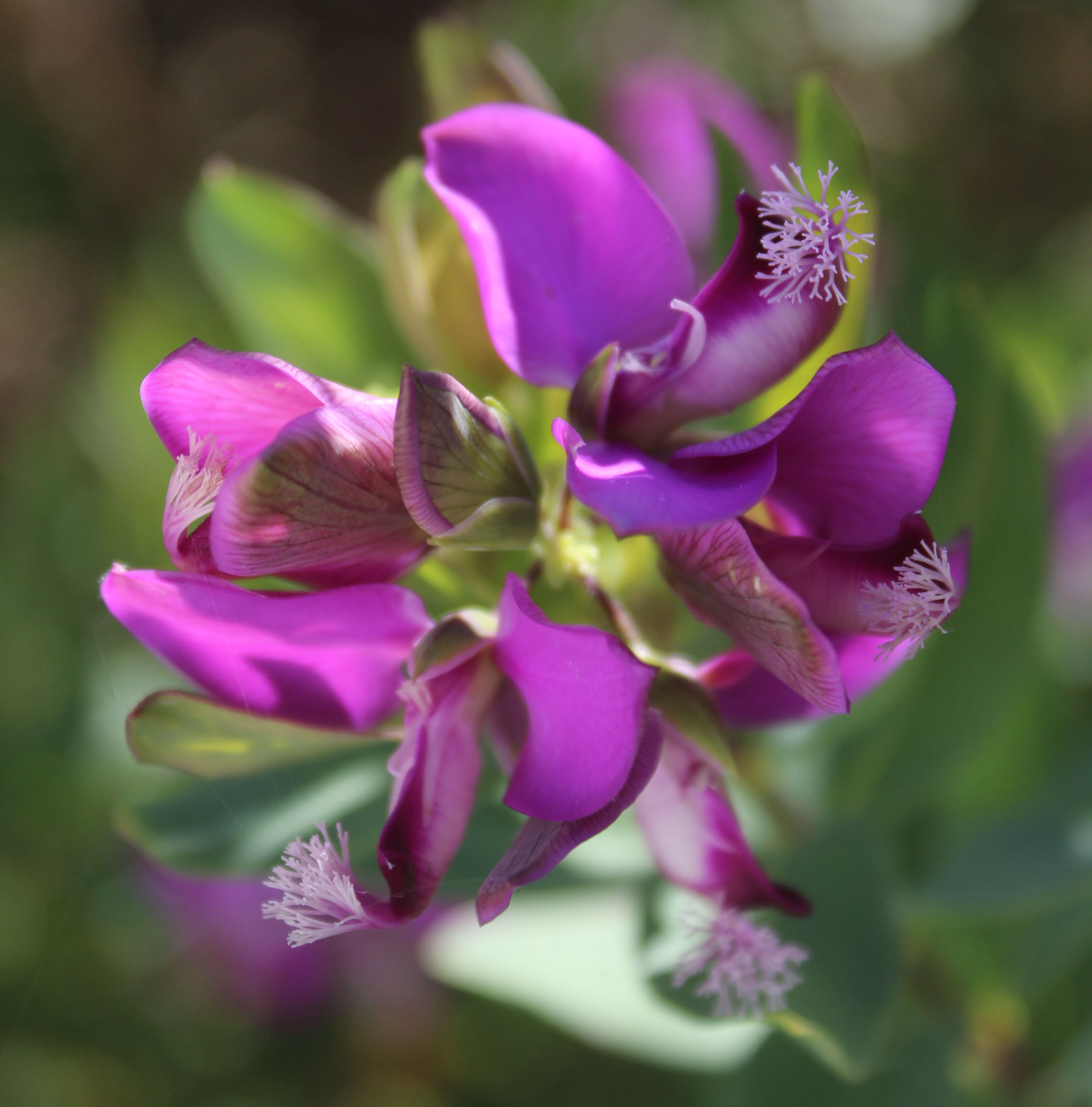
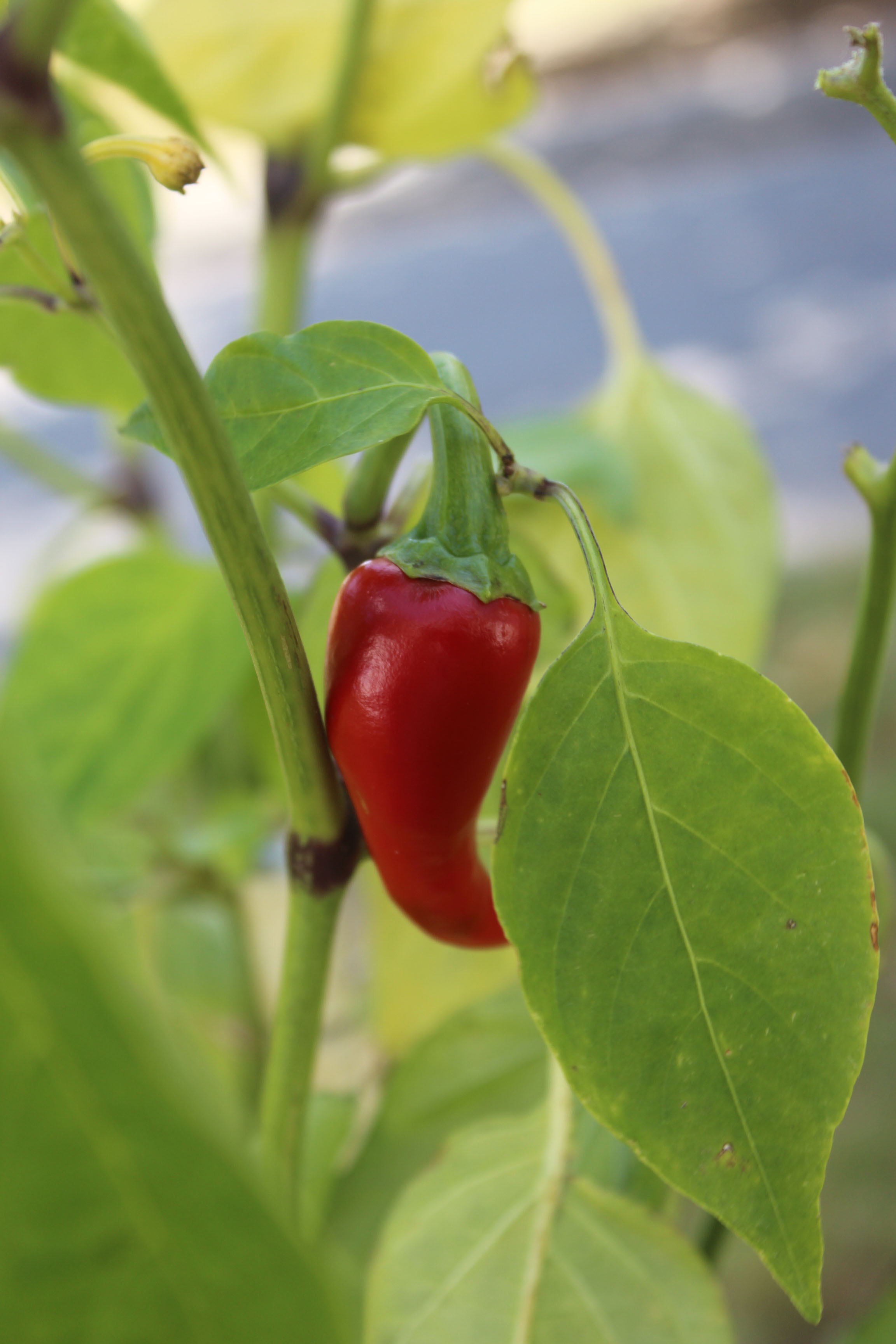


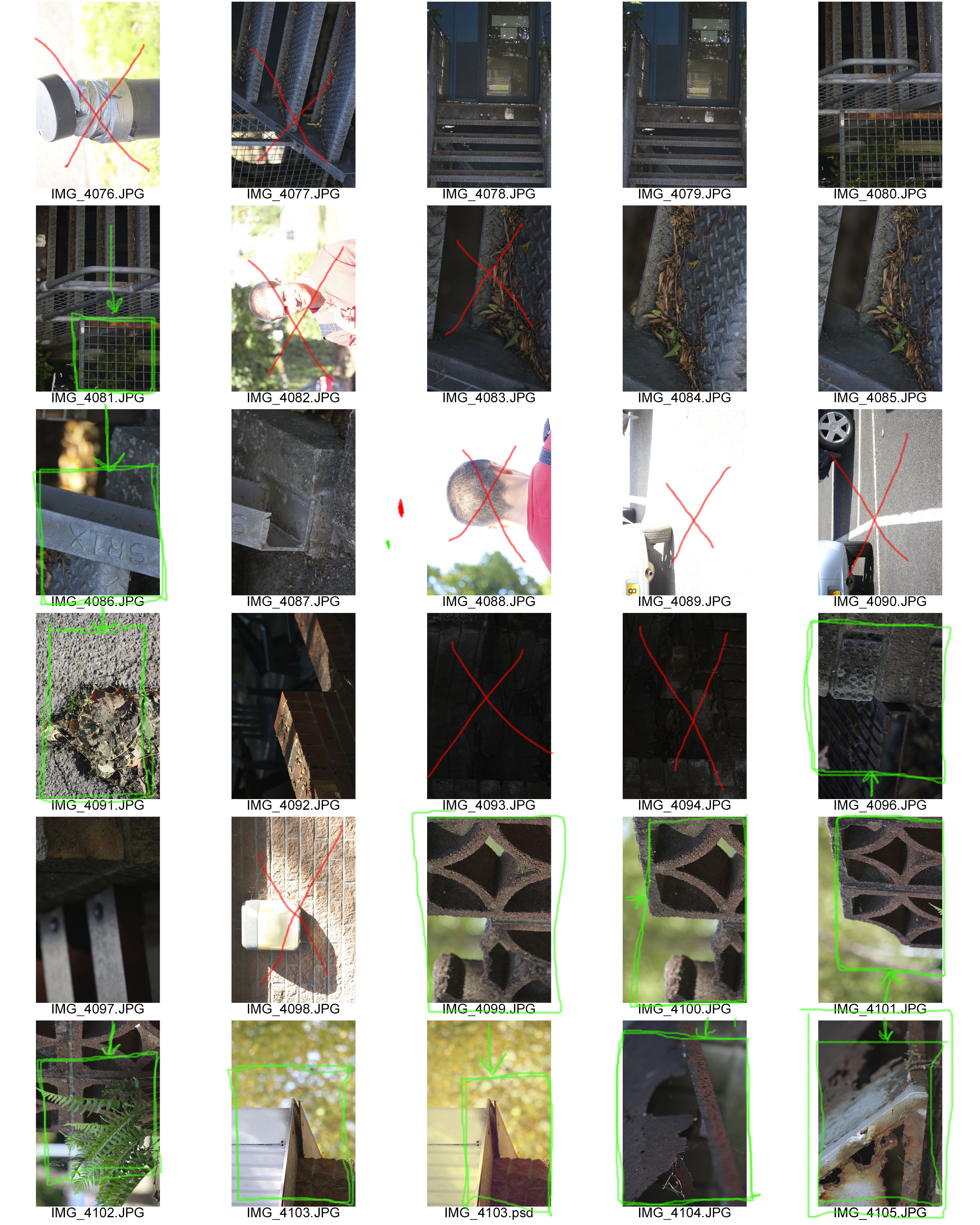





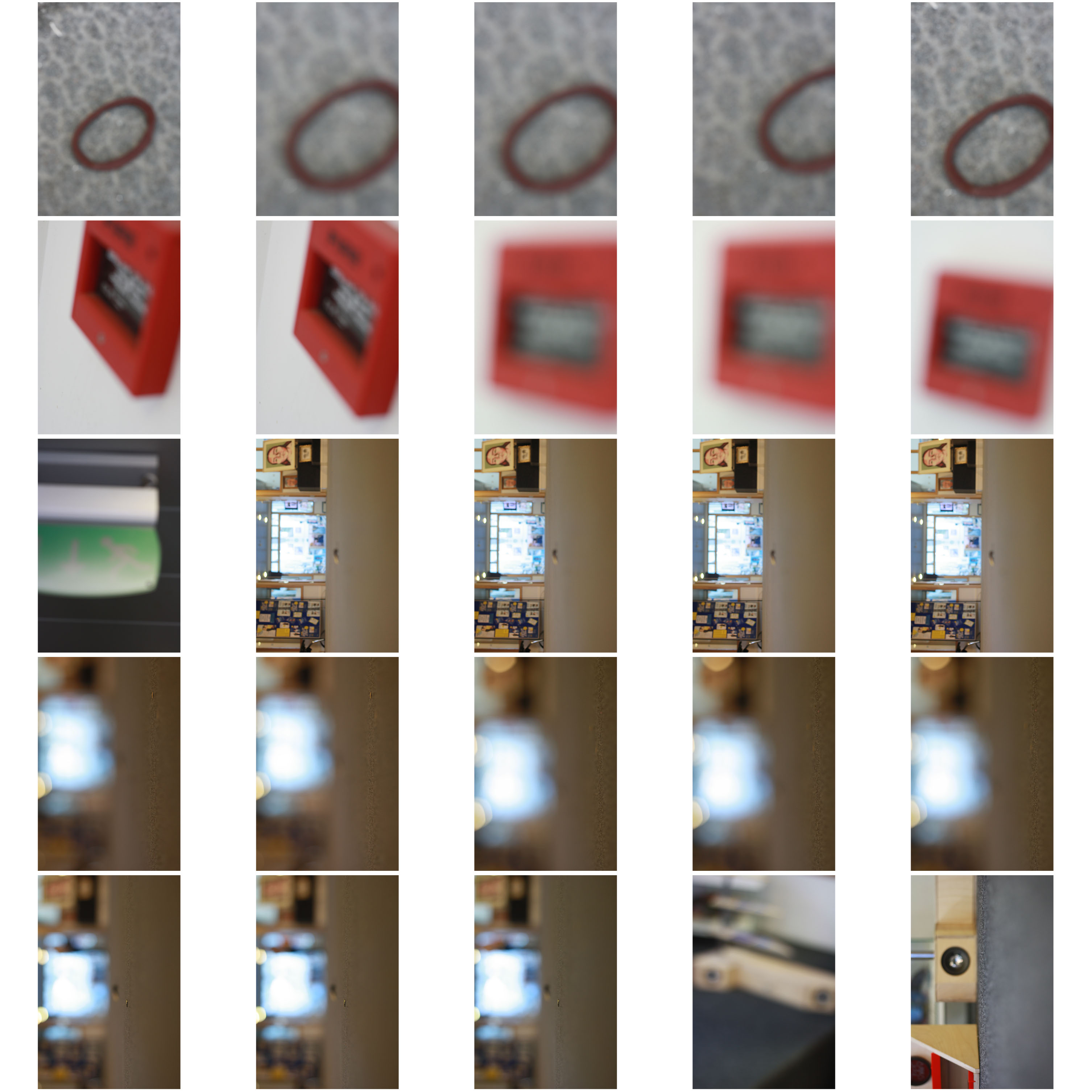





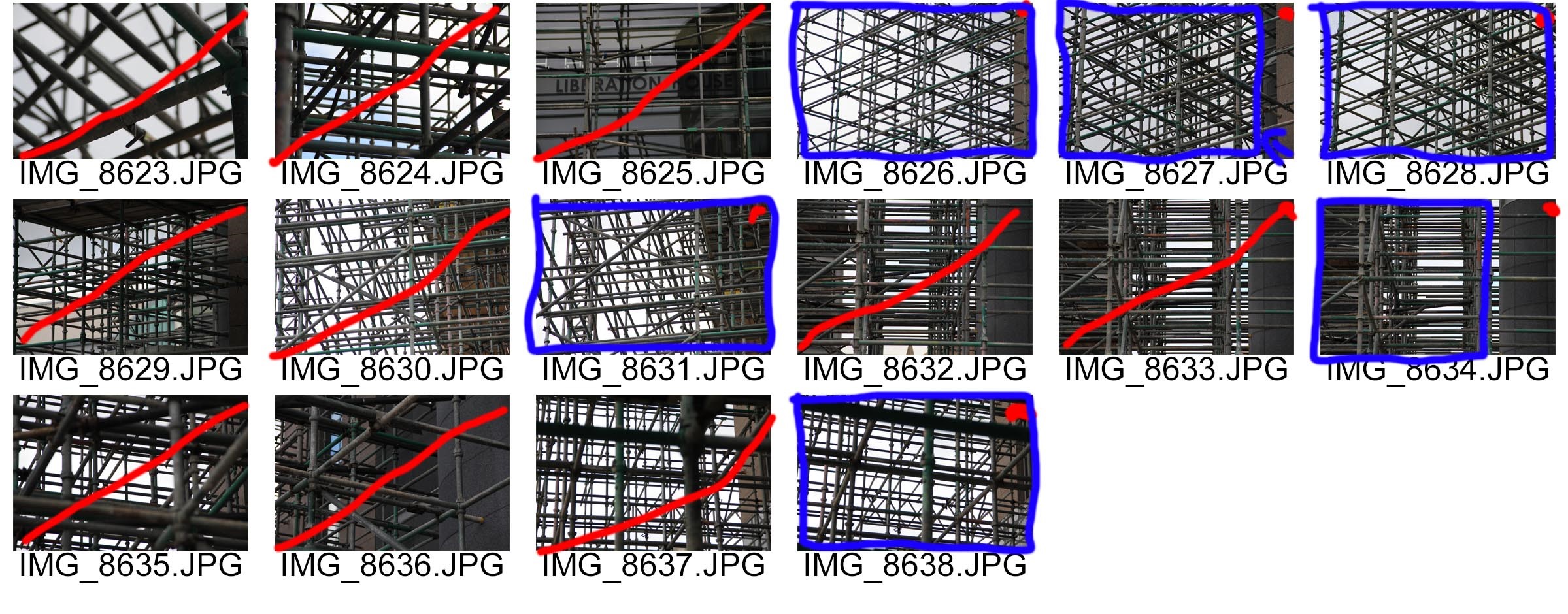
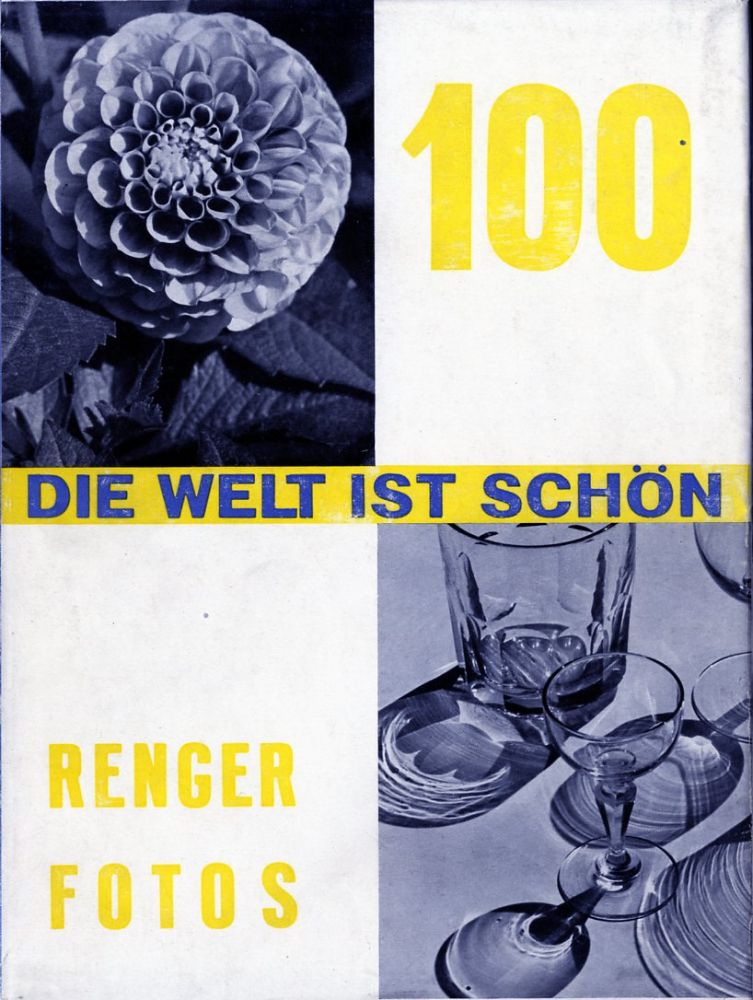
 Patzsch was known for taking pictures that faithfully recorded his view on the world. This was especially relevant in Germany (where he was working) at the time, as they had just lost the war. He wrote “There must be an increase in the joy one takes in an object, and the photographer should be fully conscious of the splendid fidelity of reproduction made possible by his technique”
Patzsch was known for taking pictures that faithfully recorded his view on the world. This was especially relevant in Germany (where he was working) at the time, as they had just lost the war. He wrote “There must be an increase in the joy one takes in an object, and the photographer should be fully conscious of the splendid fidelity of reproduction made possible by his technique”

